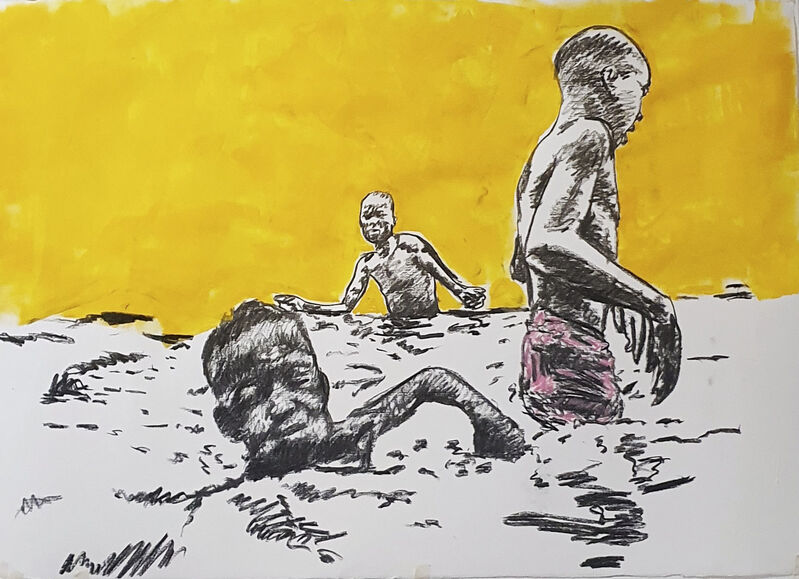While making visual arts digital, artists must take into account a number of factors. These visual artists use highly computational hardware in order to achieve the best digital file possible. The two artists listed below have succeeded in doing that with their work.
Joseph Baraka, Kenya

Joseph Baraka, also known as Joe Baraka and Joe Impressions, is a fine, digital and contemporary artist whose work is composed of sharp lines, shapes and colours. His career began in 2014, and since then, he has produced work that has had a significant impact on both the arts and his community. The lives of people from Africa, including their customs and daily activities, serve as the inspiration for most of Baraka’s art. According to Baraka, being a visual communicator means that he primarily translates concepts, ideas, words, and narratives into vibrant, intelligible pictures.

One of which he has illustrated as part of his quest to share African stories is that of Kenyan academic Okoth Okombo, who through his study of Nilotic linguistics worked to introduce sign language to Kenya. Google hired Joe Impressions to design and put up a Doodle of Okombo which appeared on Google’s home page in Kenya in 2021. His work has been exhibited in The Museum of Art and Culture in Kenya under the supervision of curator Lisa Christoffersen.
Fhatuwani Mukheli, South Africa

Fhatuwani Mukheli is a producer, visual artist, and photographer who started his artistic career over a decade ago. His creative process starts with him painting on canvas before creating his works as digital assets that can be seen and traded virtually in the Metaverse. He is among the several artists who have produced NFTs of their tangible creations.
I See a Different You was a movement started in 2011 by Mukheli and two other people in response to all the stories the media continues to share about black people that tend to push a one-sided narrative. For this project, they used photography and film that mostly showed townships as locations where people live, have dreams, and realise those dreams. Coming from the Soweto, Mukheli felt it was vital to refuting the stereotypes that tend to be held about townships and the activities that occur there.

Image courtesy of Artsy
His most recent collaboration is with Courvoisier, the most esteemed cognac, where he gets to enjoy life and convey what it means to be a man in the present era. Being approached by Courvoisier in his late thirties, with a good job, and a partner with whom he wants to start a family felt like fate to Mukheli – as these were all things he dreamt of as a little boy. Even though he was working, the collaboration with Courvoisier gave the impression that he was getting up and living his life as the partnership was just organic from the get go. He is actively negotiating with galleries who have shown interest in him to display his art in New York, London, and Stockholm.


